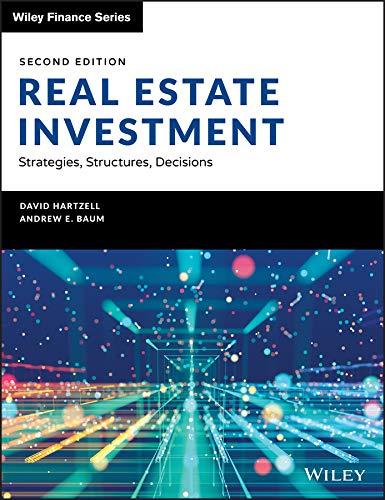Answered step by step
Verified Expert Solution
Question
1 Approved Answer
Please Use the original Data for JP MORGAN to solve this. The work requires you to estimate the intrinsic value of your stock using
Please Use the original Data for JP MORGAN" to solve this. The work requires you to estimate the intrinsic value of your stock using four approaches. I need solution, not suggestions.
The first method is based on dividends and uses the DDM assuming constant growth. This requires us to estimate k and g
For k we use the stock's beta and the SML model. To find g we need to estimate the growth rate in EPS assuming that the growth in EPS and dividends are the same. This assumption is very reasonable over long periods of time.
You can use two approaches to find the value of g used in the DDM model:
First, calculate g by using the accounting relationship g ROE times the retention rate. Calculate a value for g for each of the last years by multiplying the ROE by the retention rate and then take an average of the years.
Second, using a regression approach, regress the In EPSy variable versus a time variable using to years of annual data. The coefficient on the time variable is an estimate of the growth rate g Thus, the regression equation is given by:
LnEPS a b time where the value of b g or the growth rate in earningsdividends and Ln is the natural log
Use the regression procedure found in Excel to estimate the equation. The time variable will take on values of through for years of data and though for years of data. Using more data observations will give you better statistical results.
Now, that you have estimates of k and g you can use the DDM using dividends assuming constant growth. The second approach is based on the value on FCFE. You can estimate FCFE using the spreadsheet model that I will email to the class. You should compute the FCFE for the firm for to years. Using the FCFE data, you then need to estimate the growth rate g for FCFE. To accomplish this, you need to use the regression approach where you regress LnFCFE versus time using to years of annual data. The coefficient on the time variable is an estimate of the growth rate in FCFE. Now use the constant growth model replacing dividends with FCFE and using the growth rate in FCFE rather than the growth rate for EPS. Use the same k as in dividend approach.
The third approach is based on the value of operating cashflows. Get operating cashflows from the Statement of Cash Flow going back to years and use a regression model to estimate the growth rate g in operating cashflows. Now, use the constant growth model replacing dividends with operating cashflows and using the growth rate in operating cashflows rather than the growth rate in EPS. Again, use the same k as in the dividend approach.
The final approach is to use the multiplier approach using multiples of earnings and at least two other measures of relative value. This approach is pretty well covered in Chapter of the text. Please provide references also
Step by Step Solution
There are 3 Steps involved in it
Step: 1

Get Instant Access to Expert-Tailored Solutions
See step-by-step solutions with expert insights and AI powered tools for academic success
Step: 2

Step: 3

Ace Your Homework with AI
Get the answers you need in no time with our AI-driven, step-by-step assistance
Get Started


